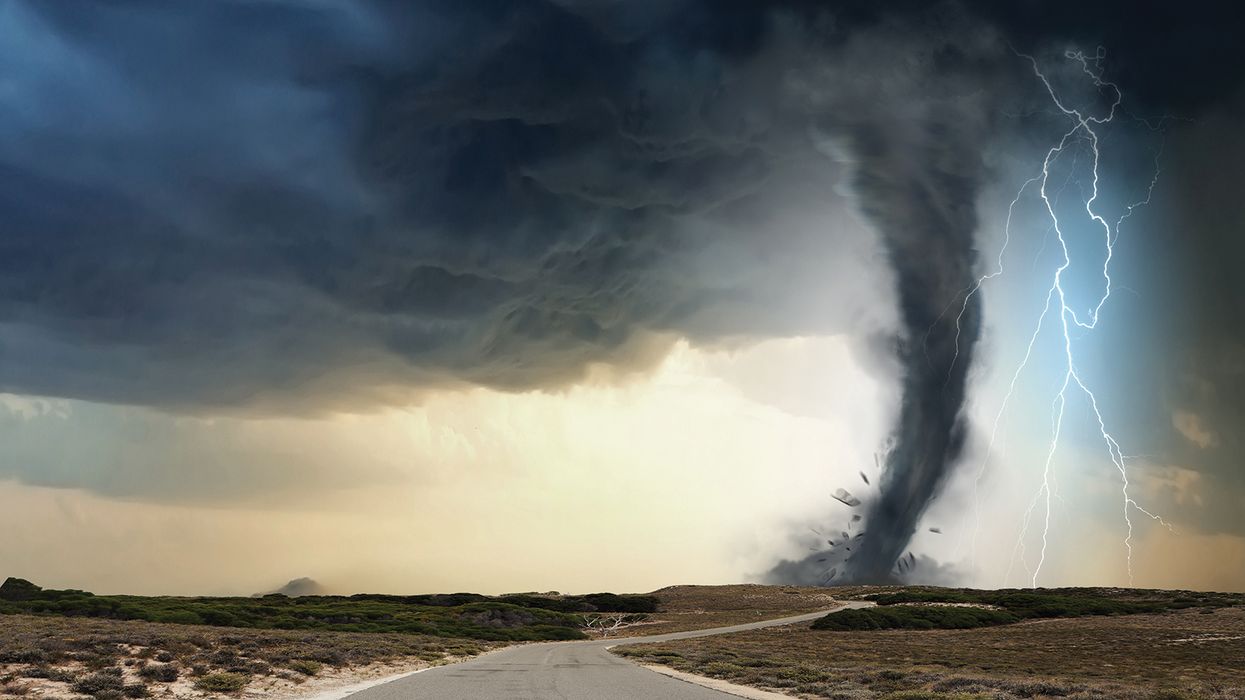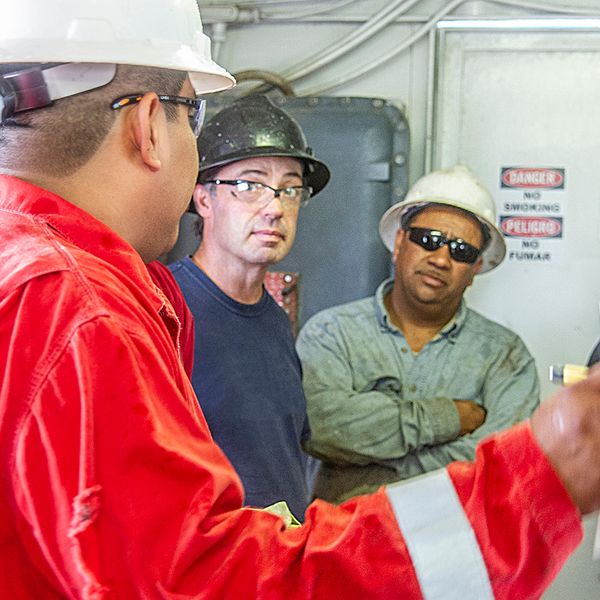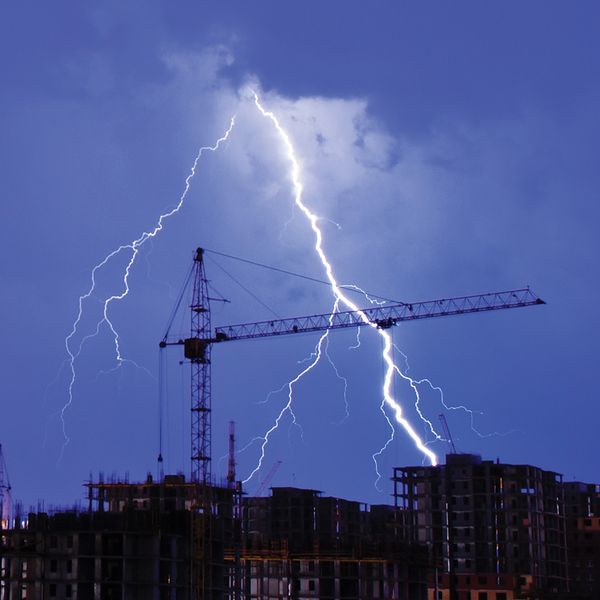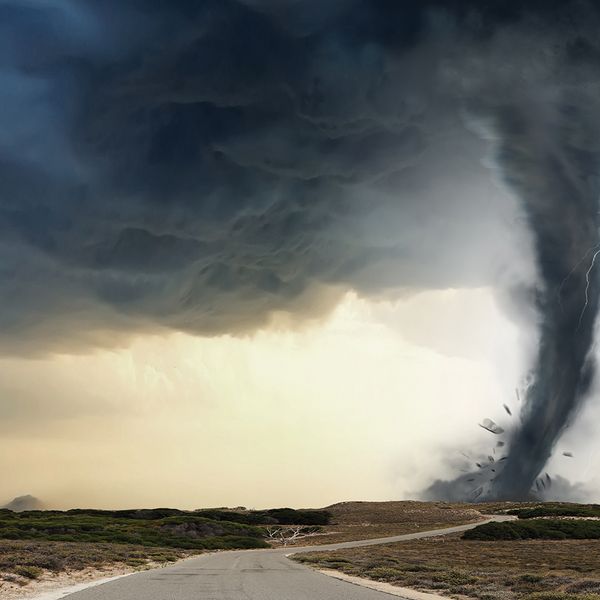When lightning strikes: Protecting your workers during severe thunderstorms
Severe thunderstorms pose significant risks to workers and can cause an organization extensive property damage. With the potential for large hail, strong winds, and even tornadoes, it is crucial to be prepared and take immediate action when severe weather strikes.
What can my business do to be prepared and keep my workers safe?
Businesses should engage in continuous preparedness, including:
- Planning: Identify shelter locations and establish procedures to account for all individuals in the building. Develop systems to warn workers and ensure everyone knows where to go during severe weather.
- Identifying shelter locations: Choose an underground area like a basement or storm cellar. If unavailable, seek a small interior room or hallway on the lowest floor, away from doors, windows, and outside walls. Avoid wide-span roofs like those in auditoriums, gymnasiums, and warehouses.
- Accountability procedures: Develop a system to know who is in the building during an emergency. Establish an alarm system and evaluate it frequently. Ensure plans accommodate individuals with disabilities.
- Emergency supplies: Keep emergency supply kits in shelter locations. These kits should include essential items such as non-perishable food, water, flashlights, batteries, and a first aid kit.
- Staying informed: Familiarize yourself with how to use the weather radio and keep it easily accessible in your workplace. This radio provides real-time weather updates and alerts, allowing you to stay informed about any potential threats.
- Training and exercises: Ensure all workers know what to do in an emergency. Regularly practice shelter-in-place plans and update them based on lessons learned.
When is a storm considered severe?
Severe thunderstorms are powerful storms that can cause significant damage and pose serious safety risks. They are defined as storms that produce large hail and/or strong wind gusts exceeding 50 mph.
Thunderstorms are most common in the spring and summer, especially in the afternoon and evening. Some specific patterns include afternoon thunderstorms along the Gulf Coast, Southeastern and Western states, and late afternoon and nighttime thunderstorms in the Midwest and plains states.
There are several recognizable hazards associated with thunderstorms, including:
- Flash flooding occurs when there is a lot of rain in a short period of time. These types of severe weather events can cause damage to buildings and roads, disrupt transportation, and put people's safety at risk.
- Lightning strikes can be dangerous for workers. They can cause injuries and even death. They can also damage property by starting fires or causing electrical and structural damage. In addition, lightning strikes can create other hazards, such as wildfires, explosions, and problems with communication systems.
- Hail has the potential to cause significant damage to both people and property. Severe storms can produce softball-sized hailstones, which can result in damage to cars, windows, and harm to livestock.
- Strong winds and tornadoes can cause significant damage to buildings, structures, and property, posing significant risks to your workers and facilities. These events can produce wind speeds ranging from 120 to 300 mph. Additionally, these powerful phenomena can cause power outages, disrupt daily activities, and propel objects, especially loose items and vehicles.
How do I know when to take action?
During peak storm season, it's crucial to be prepared and stay vigilant for severe weather. There are two types of severe weather alerts that you must be familiar with, including:
- Severe thunderstorm watch: This means that severe thunderstorms are possible in the watch area, which usually covers multiple counties or even states. Stay informed and be ready to act if a warning is issued.
- Severe thunderstorm warning: This indicates that severe weather has been reported in your area or is about to occur. Take immediate action to protect yourself, your workers, and your property. The warning area is typically smaller, such as a city or small county.
To stay informed and take necessary precautions, here are some steps you can follow:
- Listen to local news channels or use a weather radio to receive updates on severe weather alerts, including warnings and watches.
- Pay attention to additional means of notification that your community may provide, such as outdoor sirens or media alerts on smartphones. Make sure you are aware of these notifications and how they can help you stay informed.
Key to remember: To protect your workers and property during severe storms remember these simple steps: stay informed, create a plan, prepare, and practice safety measures.



















































